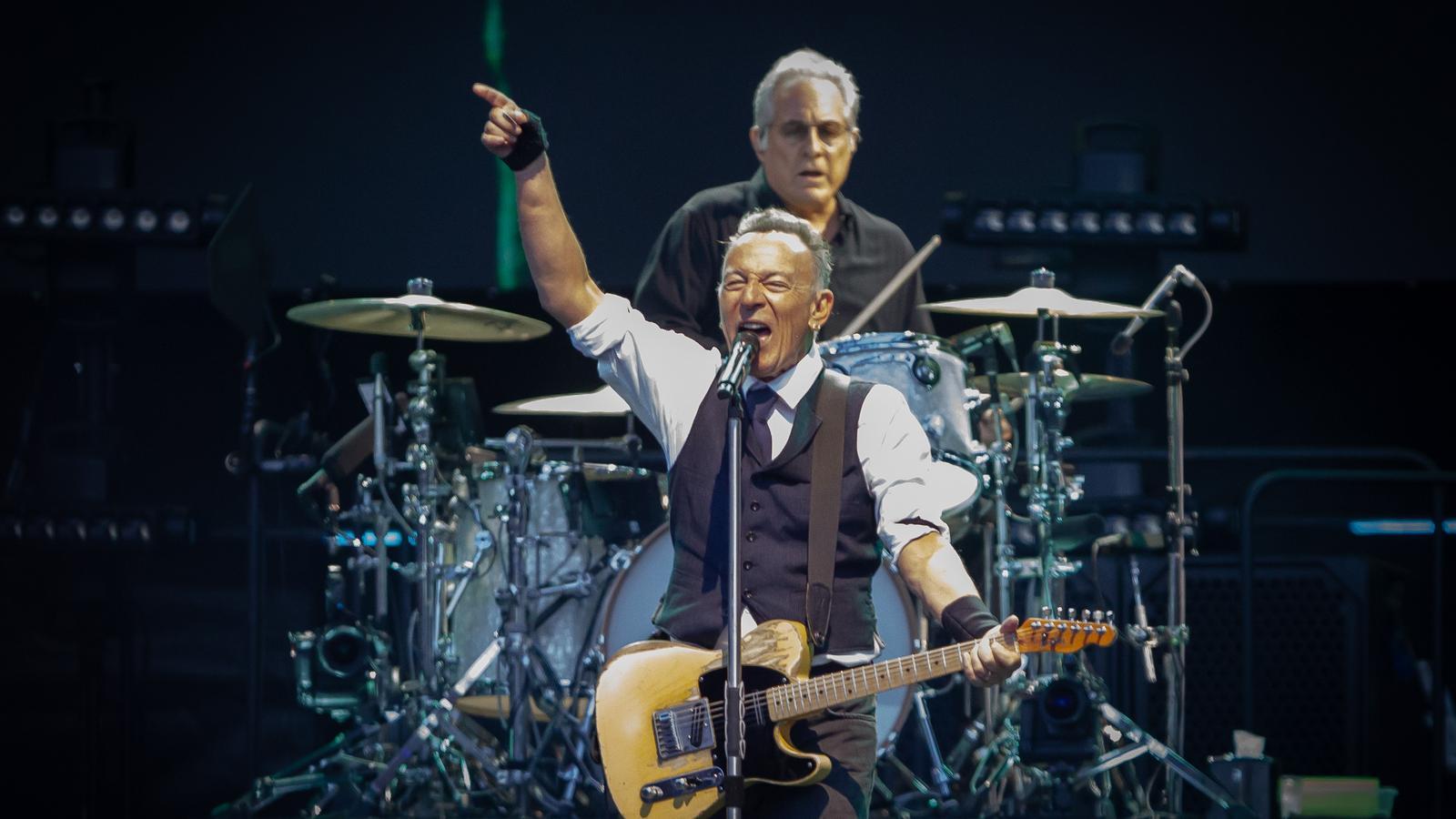The Catalan music industry's revenue is growing, but the use of Catalan at festivals is stagnating.
Concert and festival revenue reaches €242 million, a record high

Barcelona"It's been a jam-packed year for live music," celebrates Lluís Gendrau, president of Grupo Enderrock, at the start of the presentation of the 2025 Music Yearbook. The publication, presented this Wednesday at the SGAE headquarters in Barcelona, shows the data that the industry has achieved in 2024. Representatives, Promoters and Managers of Catalonia). "Next year will be important," says Raquel Bassas, president of ARC, referring to the yearbook's 25th anniversary. The report is prepared using data from all the entities involved in the sector and the Generalitat's Cultural Participation survey.
"The figure from ten years ago has multiplied by four," says Gendrau. He explains that the Catalan live industry has generated €242 million, 21% more than the previous year and 294% more than in 2014 (which generated €61 million). The number of spectators has also grown, although more gradually: from 18.5 million in 2023 to 19.2 million in 2024. This figure increases dramatically compared to the last ten years, as in 2014 it stood at 7.7 million spectators. The same trend has been seen in the number of concerts held in Catalonia, which has increased from 11,841 in 2014 to 23,433 in 2024 (a 98% increase). As indicated by the trend in recent years, large-scale festivals attract the majority of spectators (1.95 million), a 9% increase compared to the previous year.
One of the concerns highlighted in the report is the stagnation of Catalan-language project programming at festivals, which remains at 19% (continuing the trend of the last three years). What has improved is the presence of artists from the Catalan countries on the lineups, which has increased four points compared to the previous year—this does not mean that their artistic offerings are in Catalan. The festivals leading the programming of artists from the Catalan Countries are Canet Rock, Acústica de Figueres, and the (a)phònica Festival in Banyoles. The festivals most sensitive to the use of Catalan are Canet Rock and Acústica. The presence of Spanish accounts for 22% of the projects programmed at festivals, and English and other languages account for 49%. "The number of Catalans who go to festivals to see music in Catalan has decreased," explains Gendrau.
The yearbook shows a positive trend in the presence of women and mixed-gender groups at festivals. "Those that are growing the most are projects with female leaders," says Gendrau. 46% of the programming at festivals is for groups with women and mixed-gender groups—34% corresponds to projects led by women. The festivals that have invested the most in programming projects led by women are Ítaca (63%), Sónar (52%), and Eufònic (44%).
As for the artists who gathered the most spectators at concerts in 2024, the list is led by Bruce Springsteen (114,505 spectators at the two performances at the Estadi Olímpic) and Estopa (77,266 at the Estadi Olímpic and the Palau Sant Jordi).
The most listened to albums
The albums by artists from the Catalan Countries most listened to on the Spotify platform during 2024 have been The jewel from Bad Gyal, In New Star of Rels B and Water! by Chanel. The most-streamed Catalan-language albums were by Oques Grasses, Figa Flawas, and Mushka, which also appear on the most-streamed songs lists. The most-streamed music style, according to this same survey, is pop-rock, and urban music continues to rise (especially among the 18- to 25-year-old audience).
